Trillion NVIDIA, Afraid of Losing China
Nvidia has gone crazy.In Thursday's US stock trading, NVIDIA's stock price surged by nearly 25%, with its market value skyrocketing by $180 billion to $939

Nvidia has gone crazy.
In Thursday's US stock trading, NVIDIA's stock price surged by nearly 25%, with its market value skyrocketing by $180 billion to $939.3 billion, and it was about to open the door to the "trillion club".On Friday, NVIDIA's stock price rose another 2.54% to $389, with a market value of over $960 billion.
To put it more bluntly, NVIDIA rose by about one AMD and 1.5 Intel overnight. As of this Friday, the former has a market value of approximately $200 billion, while the latter has a market value of approximately $120 billion.
What brought Nvidia to the forefront of the "trillion club" was its financial report for the first quarter of the 2024 fiscal year (corresponding to February April 2023) released on May 25th. During the reporting period, Nvidia's revenue reached $7.19 billion, significantly higher than Wall Street's expected $6.52 billion.
Among them, NVIDIA's data center business revenue reached a new high of 4.28 billion US dollars. This business accounted for 59.6% of revenue, significantly surpassing the gaming business ($2.24 billion) and becoming the revenue pillar of Nvidia for the fifth consecutive quarter.
For the next fiscal quarter, Nvidia is expected to generate revenue of $11 billion, with a fluctuation of 2% and a year-on-year growth of approximately 32.7%. The expected revenue of $11 billion is 53.2% higher than the average expectation of Wall Street analysts. Nvidia is so glamorous that it sets off Wall Street as conservative.
The wave of generative AI has brought about a huge and rapidly growing demand for chips, and Nvidia is the world's most important AI chip manufacturer. This is the foundation for Nvidia to make the aforementioned growth expectations.
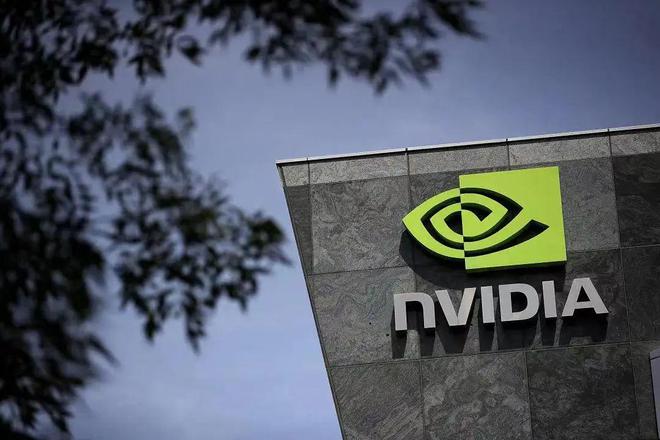
Huang Renxun, founder and CEO of NVIDIA, predicts that revenue from AI platforms will increase significantly in the next 12 months. He said, "The computer industry is undergoing two transformations simultaneously - accelerated computing and generative AI. As companies compete to apply generative AI to every product, service, and business process, the $1 trillion global data center infrastructure will transition from universal computing to accelerated computing
Huang Renxun has sufficient reasons to maintain confidence.
Since ChatGPT debuted at the end of last year, in just six months, the world has been caught in an AI frenzy. With years of layout and rapid response to waves, Nvidia has built barriers to AI chips in terms of product itself and versatility through the update of dedicated GPU product lines and the support of CUDA universal parallel computing platform, which no one can break in the short term.
The pre training and inference deployment of AI large models require a large amount of computing power, which is provided by thousands of GPU chips. In this field, NVIDIA firmly ranks first. According to JonPeddie Research, NVIDIA accounted for 85% of the global independent GPU market in the fourth quarter of 2022.
Huang Renxun is leading NVIDIA to reinforce the throne. Two months ago at the GTC conference, Huang Renxun, dressed in his iconic leather jacket, announced to the world that "the iPhone of AI is here" and released a series of products and services around the AI field, the most eye-catching of which is the H100 chip, which adopts a new architecture and more advanced manufacturing process.
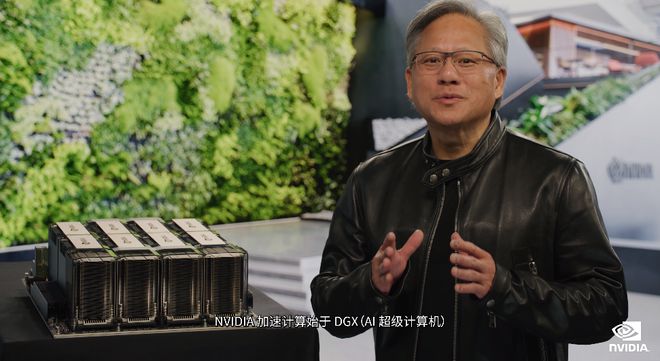
Image source: NVIDIA official website
Speculators from all walks of life were moved by the wind. In April of this year, the H100 chip had not yet been officially shipped and the official price had not been determined. It had already been hyped up to $40000 on foreign e-commerce platform eBay, and some sellers even priced it at $65000.
Even Tesla CEO Musk is hoarding. In mid April, Musk established X.AI Company and joined the AI melee. Foreign media reports indicate that Musk has purchased nearly 10000 H100 chips. And Musk joked on Twitter, "It seems like everyone and every dog is buying GPUs... it's even harder to obtain GPUs than drugs.
But Huang Renxun also has reason to worry: technology giants such as Microsoft and Google are actively developing their own chips after joining the wave of generative AI; In addition, NVIDIA also faces challenges in the Chinese market after the issuance of the US core restriction ban.
The number of "trillions" itself is not important, for Nvidia, the wind of AI has already sent it to the door. Next, how to stand firm and become a permanent guest of the "trillion club" instead of a temporary visitor is the real problem.
A
Nvidia has encountered many wind gusts and has jumped up the wind direction more than once.
In the past 10 years, Weida's market value growth curve has "steepened" three times: in 2017, its market value exceeded 100 billion US dollars for the first time; In 2020, it exceeded $300 billion and surpassed Intel for the first time, becoming the highest market value chip manufacturer in the United States and the third largest chip company in the world; In 2021, NVIDIA's market value exceeded $800 billion.
And these three nodes, in addition to the sustained development of artificial intelligence, also correspond to the 2017 cryptocurrency boom, the 2020 pandemic that gave rise to remote work, the 2021 metaverse, and the "second spring" of cryptocurrencies.
In 2021 alone, Nvidia has left behind more than one beautiful image of a 'windy bouncing'.
That year, Nvidia released a "mining" specialized chip for the cryptocurrency market. In the first quarter of 2021, these chips generated $155 million in revenue for Nvidia.
It was also in that year that the wind of the metaverse swept across the world. Nvidia took the opportunity to release the "Avatar" AI platform, with three virtual humans appearing simultaneously; We also launched a conversational virtual character Toy Me, which reproduces Huang Renxun's leather jacket image.
However, the wind sometimes stops.
After five years of climbing, Nvidia entered a dark period in 2022. The "epidemic fertilizer" has dissipated, the wind in the metaverse has weakened, and global companies have compressed costs in the midst of economic turmoil. Nvidia's market value has plummeted from over $800 billion to less than $300 billion in October 2022.
At the GTC conference in September 2022, "Metaverse" remained the main note sung by Huang Renxun, with related products including AdaLovelace architecture GPU, OVX computing system that lays the foundation for metaverse graphics processing and simulation, and OminiverseCloud mainly used for constructing and running industrial metaverse applications.
At the conference, Huang Renxun spared no effort to sprinkle ink on the vision of the metaverse. He even stated that if Nvidia could build Earth-2 with meter level accuracy, humans would enter the metaverse for free.
Who could have imagined that in just 2 months, all of this will be forgotten: ChatGPT has arrived, generative AI has exploded, and AI's "gold rush" has begun.
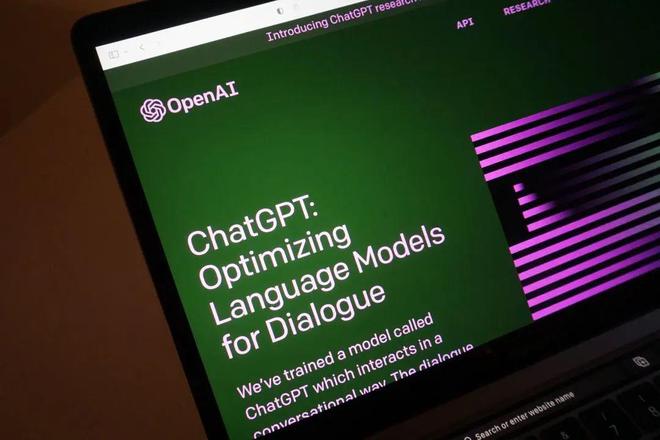
The good news is that Nvidia not only took advantage of the wind this time, but also became the "stage builder" of this great show, firmly supporting almost the entire performance with AI dedicated chips. And unlike the past few times of 'seeing and breaking' and chasing the wind, Nvidia has been fishing for big fish in the long run, and its layout seems to have been waiting for this moment for many years.
For example, Nvidia launched CUDA as early as 2006, which enabled Nvidia to achieve deep integration with various AI frameworks and became a major determining factor in forming barriers in the AI field.
In addition, Nvidia and OpenAI intersected early on. In 2016, Huang Renxun visited OpenAI and donated the million dollar supercomputer DGX-1, which was equipped with 8 P100 chips. As OpenAI gradually grew, NVIDIA naturally gained stable chip orders.
The long-term layout in the AI field has given Nvidia a deep foundation on both product and customer sides. As the wave of generative AI approaches, it naturally becomes one of the biggest beneficiaries.
What's more, Nvidia's competitors are really not awesome in the GPU track.
AMD can still compete in the field of gaming GPUs, but has done nothing in the field of professional GPUs required for data centers; Intel only picked up the GPU business in the past two years, and its existing products have mediocre performance and can only take a cost-effective approach. As for other smaller competitors, there is not even a chance to squeeze into the AI chip table.
It can be said that NVIDIA is now at its peak, with half of it being its own efforts and the other half being a foil to its peers.
B
However, the myth of NVIDIA is not flawless. Its challengers come from outside the GPU track; At the same time, it also faces the risk of losing the Chinese market.
Not long ago, the news that Microsoft was developing its own AI chip cast a cloud over Nvidia's head.
Among global technology companies, Microsoft is the earliest and most invested in the layout of generative AI. It is an investor in OpenAI and is also integrating GPT into its cloud services, Windows, office suites, search engine Bing, and other product lines.
Meanwhile, Microsoft is also the largest purchaser of NVIDIA H100 chips. In March of this year, Microsoft spent hundreds of millions of dollars using tens of thousands of NVIDIA chips to help OpenAI assemble an AI supercomputer.
However, in April, there were media reports that Microsoft was developing its own AI chip, codenamed "Athena". According to reports, Microsoft has provided engineering resources and other support to AMD, and both parties have joined forces to create AI chips. A spokesperson for Microsoft subsequently denied the news of collaborating with AMD, but did not deny the "Athena" plan: "AMD is a good partner, but they are not involved in the plan
Microsoft is not the only partner who uses NVIDIA's GPU but also considers developing their own AI chips.
Google has been purchasing Nvidia GPUs on a large scale since 2012 for AI deep learning, and has not given up on self research for many years.
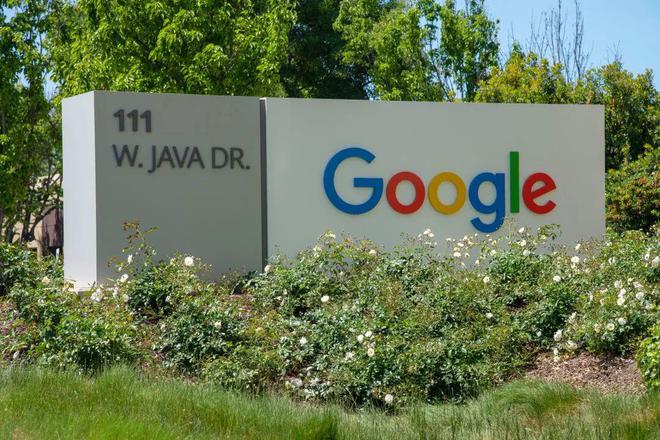
Google launched its self-developed AI chip TPU (Tensor Processor) as early as 2015, and it has already iterated to TPUv4 last year. A recent paper published by Google stated that the performance of TPUv4 is 2.1 times higher than that of TPUv3, and it can achieve 1.2-1.7 times faster and 1.3-1.9 times lower power consumption than the Nvidia A100.
Small companies may not be able to shake Nvidia's position in the AI field, but the technology giants that collaborate directly with Nvidia in AI research and development are quite threatening. Financial resources go without saying, and talent is not a problem.
For example, one of the authors of Google's TPUv4 paper is David Patterson, a Turing Award winner who retired and joined the Google Brain team, making outstanding contributions to the development of several generations of TPUs.
The AI competition of giants not only lies in the competition of AI products, but also in the cloud. The self-developed chips from Google, Amazon, Microsoft, and others may not be sold directly to the public, but they will definitely be used in cloud services, which will also share NVIDIA's cake.
For example, Google's TPU service has been open to cloud customers since 2018; In this generative AI battle, the AI painting platform Midjournal, which gained the most attention, is using Google's computing power services.
Amazon also launched its self-developed AI inference chip Inferentia in 2018 and deployed it in cloud services. This year, the company is expanding its partnership with AI startup HuggingFace, which will develop a competitor Bloom for ChatGPT on Amazon Cloud Services AWS, running on a dedicated AI chip called Training.
C
In addition to external competition, Nvidia is also facing resistance in the Chinese market due to the core restriction ban issued by the United States.
At present, China and the United States are the two hottest countries for generative AI globally, and are also two key markets for Nvidia. In the fiscal year 2023 (February 2022 to January 2023), the revenue of the Chinese market (including mainland China, Hong Kong, and Taiwan) accounted for as much as 47% of NVIDIA's global revenue.
In the second half of last year, the Biden government introduced a series of bans, making it difficult for companies such as Nvidia to export high-end products to China. This has made Nvidia's prospects in China dim and unclear.
At present, NVIDIA's solution is to launch the "Chinese Special Edition" chip.
After the ban was issued, NVIDIA launched the lower specification A800 in November last year, reducing the connection speed of the NVLink interconnect bus to 400GB/s, a decrease of 200GB/s compared to the A100 chip, in order to avoid new US export control regulations.
Despite its weakened performance, the A800 remains a target for Chinese companies to snap up. However, this does not eliminate Huang Renxun and Nvidia's concerns about the Chinese market.
On the eve of the release of this financial report, Huang Renxun stated in an interview with foreign media that the new regulations have left American technology companies "in deep trouble" and "China is a very important market for the technology industry". He also stated that the Biden government's export restrictions on semiconductor technology have made Nvidia feel constrained. Nvidia is unable to operate in one of the world's largest markets, China
If we are deprived of the Chinese market, we have no emergency measures because there is no other China in the world, only one China, "said Huang Renxun.
When Chinese technology giants and startups are eager to jump into the wind of generative AI, the forced disconnection of sales links is undoubtedly a thorn in both sides' throats.
In this AI "gold rush", Chinese players still rely heavily on NVIDIA GPUs from top to bottom, but their own research is also ongoing.
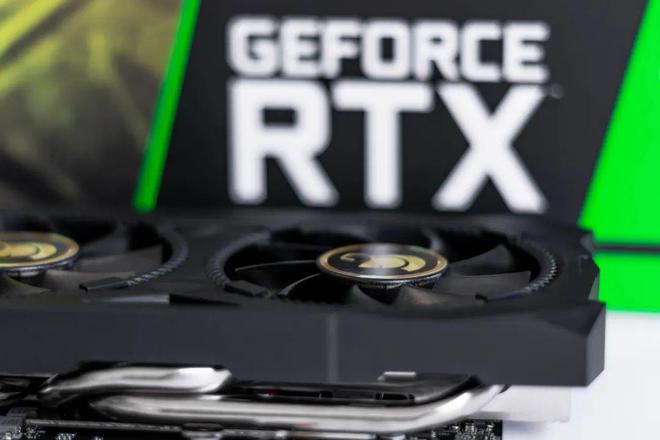
Alibaba launched its first AI chip, the Light 800, in 2018. In April of this year, Tencent disclosed the latest progress in the "Canghai" chip launched in 2019, stating that it has invested tens of thousands of chips in its business scenarios to serve Tencent's self-developed business and public cloud customers.
In the short term, it is still difficult for Chinese AI chips to compete with NVIDIA, but Chinese major customers are struggling to make a living in a desperate situation, which NVIDIA does not want to see.
Remember, the company is only 30 days away from bankruptcyThis sentence was used by Huang Renxun to motivate employees not to slack off. In 2020, when NVIDIA's market value surpassed Intel for the first time and its performance reached a new high, Huang Renxun still stated that this sense of anxiety would not disappear.
Nowadays, NVIDIA's situation has taken another step up from 2020, but challenges from competitors and geopolitical factors are also becoming increasingly apparent. The anxiety that the company is only 30 days away from bankruptcy may be what NVIDIA needs the most as it is about to knock on the door of the "trillion club".
References:
Silicon Research Institute: "A Crack in the NVIDIA Empire"
Jiweiwang: "From a" graphics card manufacturer "to an" AI hegemon "in the history of chips, does Nvidia's territory have no boundaries
Daily Economic News: "The 2022 GTC Conference" Engineer's Metaverse "is in its infancy, can Nvidia, with its stock price halving, step out of the" darkest hour "
Negative review: "NVIDIA is" monopolizing "the AI industry, are domestic manufacturers ready
Friends of 36 Krypton: "Microsoft/Google/Amazon embarks on an AI" arms race ": breaking free from the constraints of NVIDIA and developing their own chips"
Tag: Trillion NVIDIA Afraid of Losing China
Disclaimer: The content of this article is sourced from the internet. The copyright of the text, images, and other materials belongs to the original author. The platform reprints the materials for the purpose of conveying more information. The content of the article is for reference and learning only, and should not be used for commercial purposes. If it infringes on your legitimate rights and interests, please contact us promptly and we will handle it as soon as possible! We respect copyright and are committed to protecting it. Thank you for sharing.


